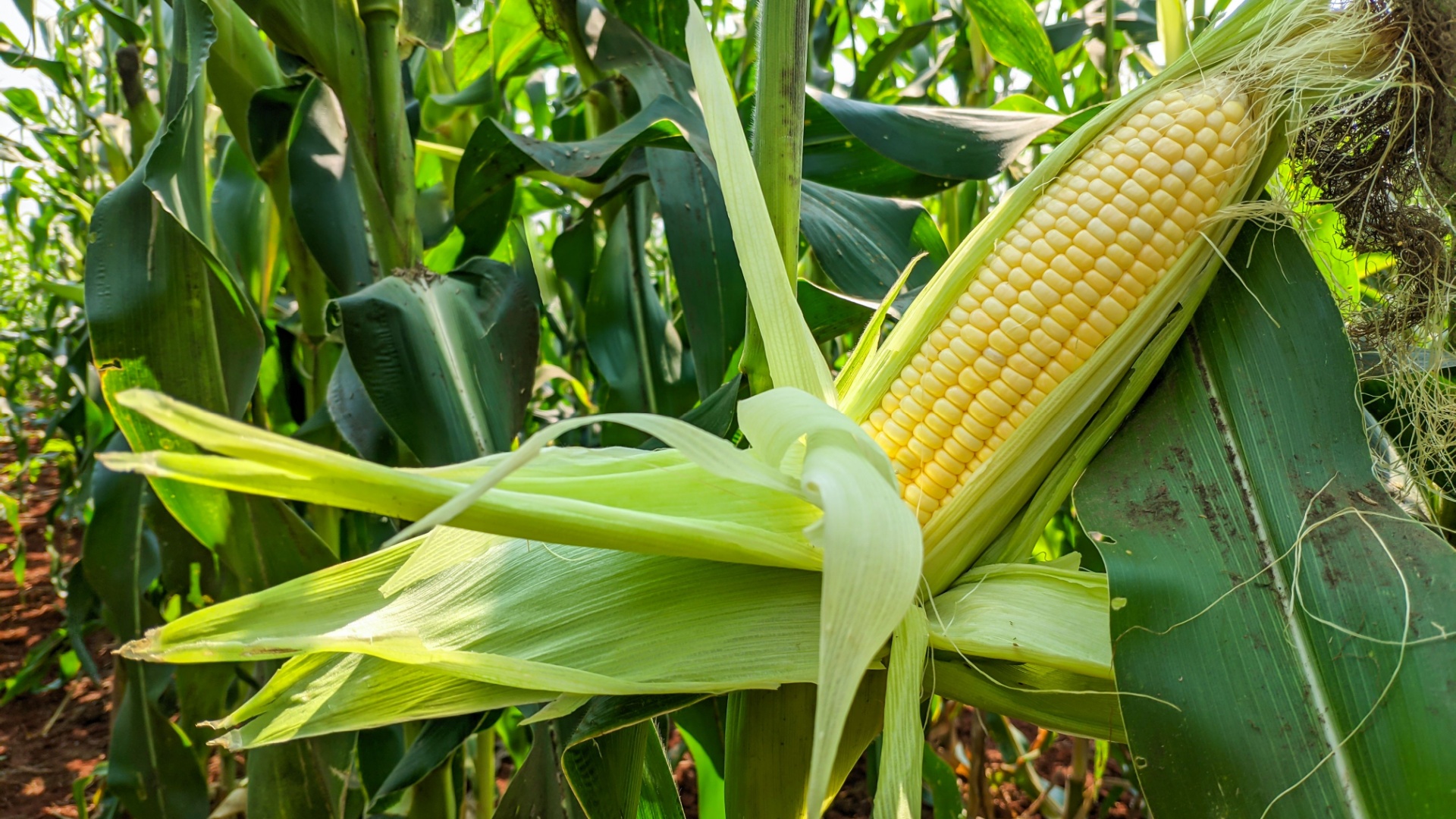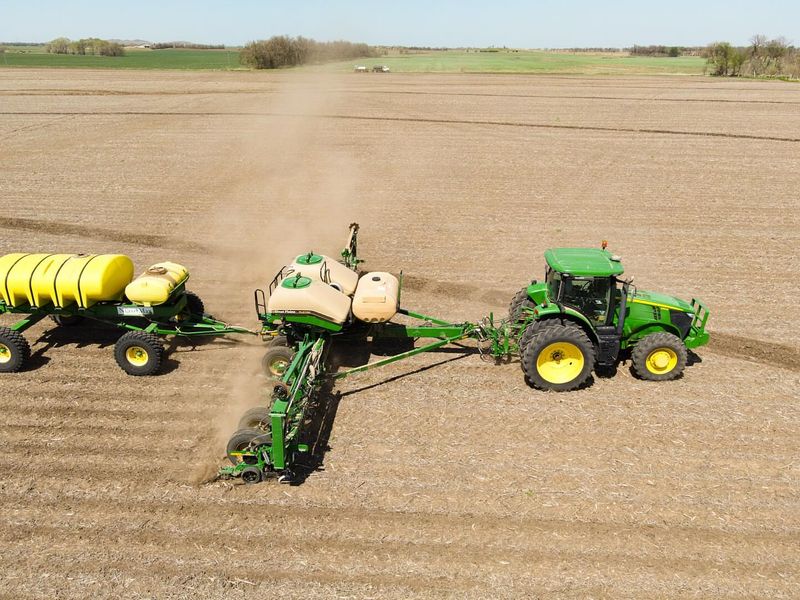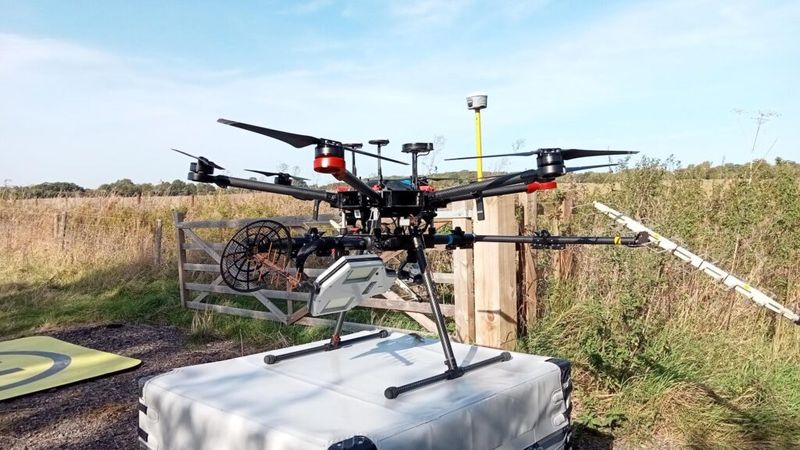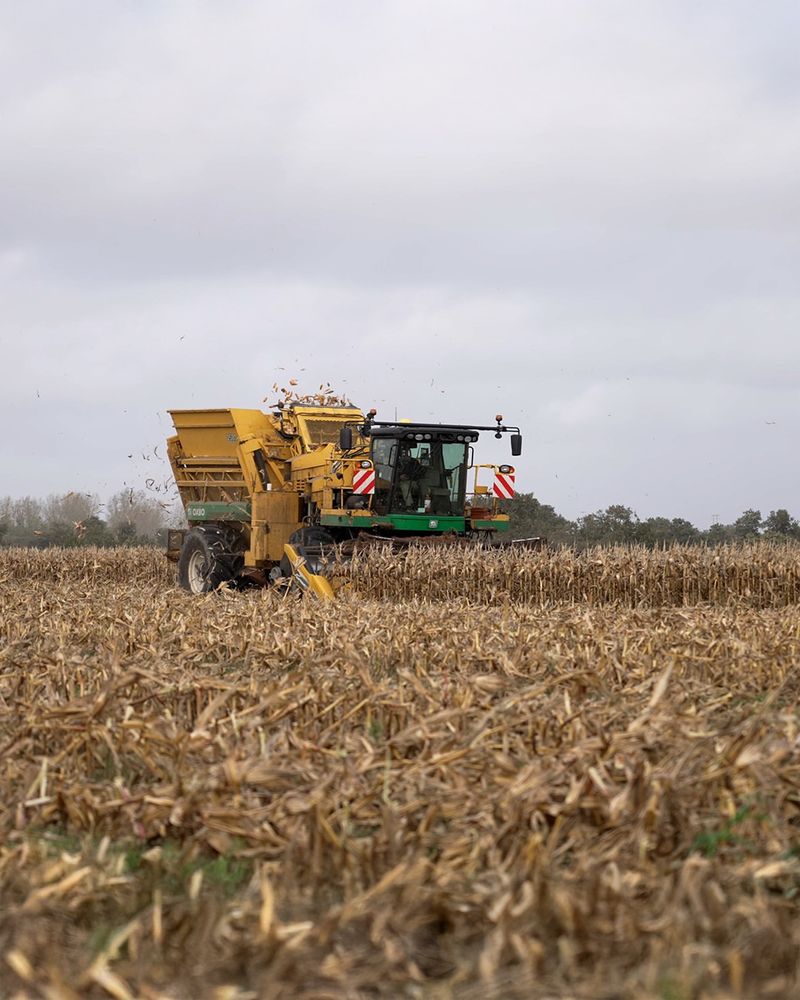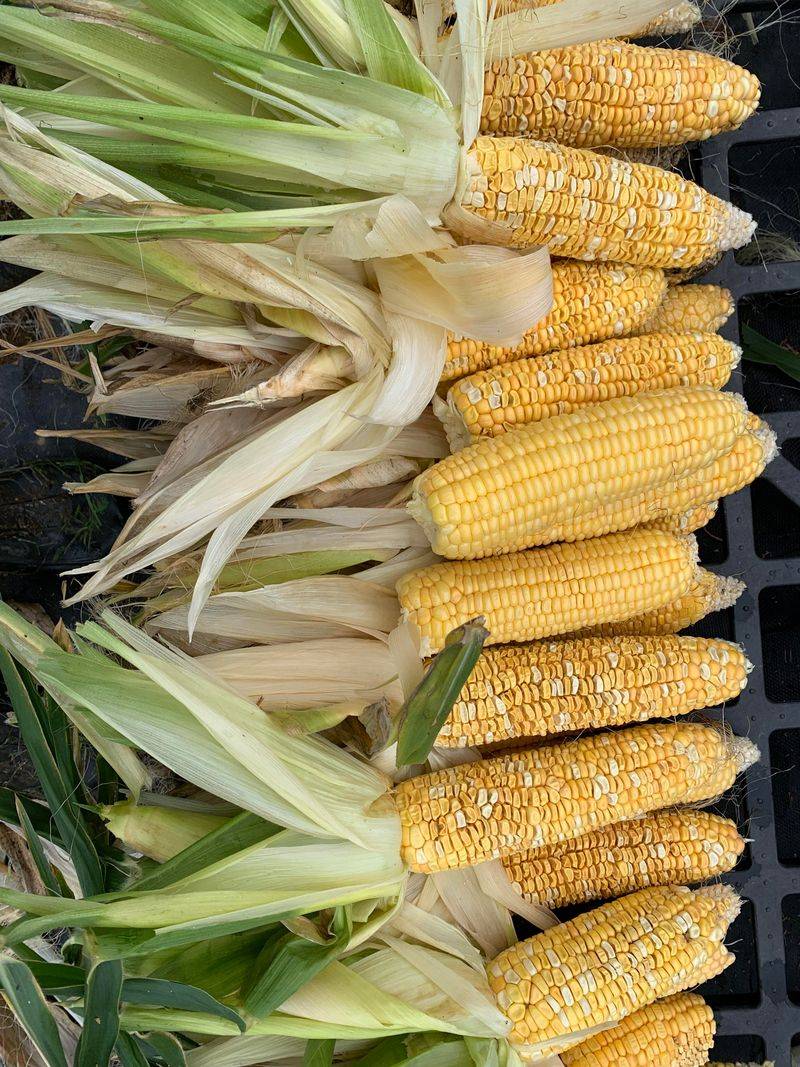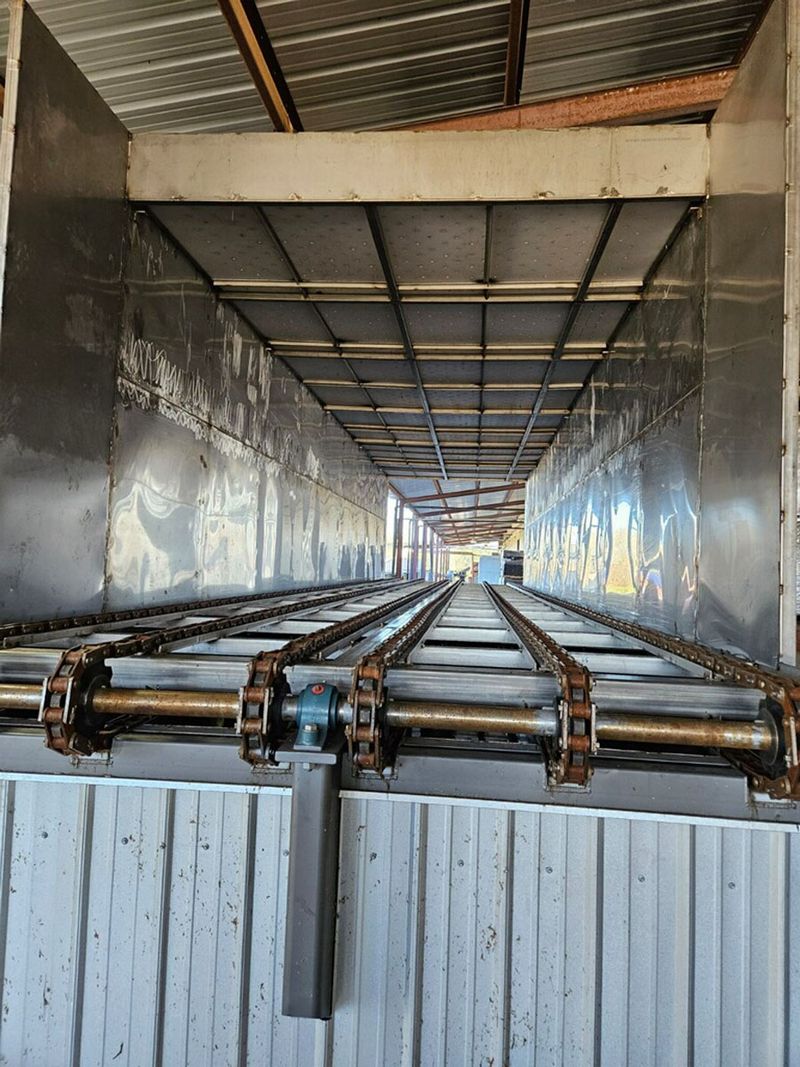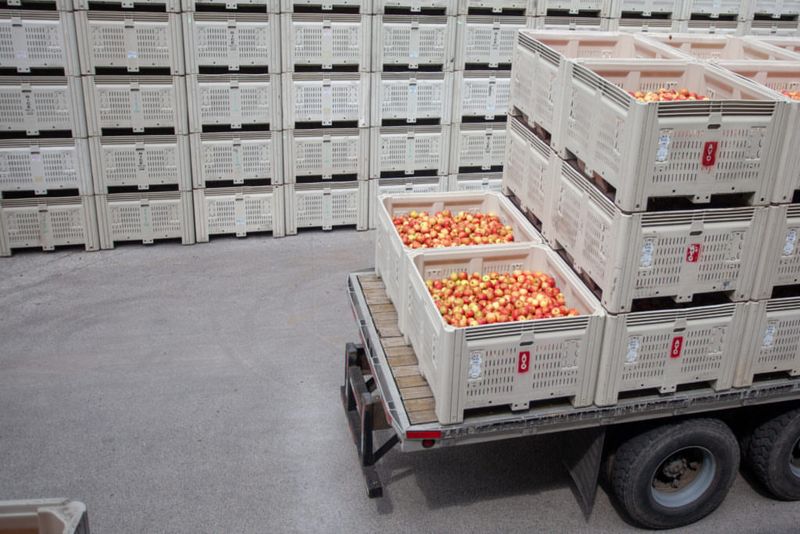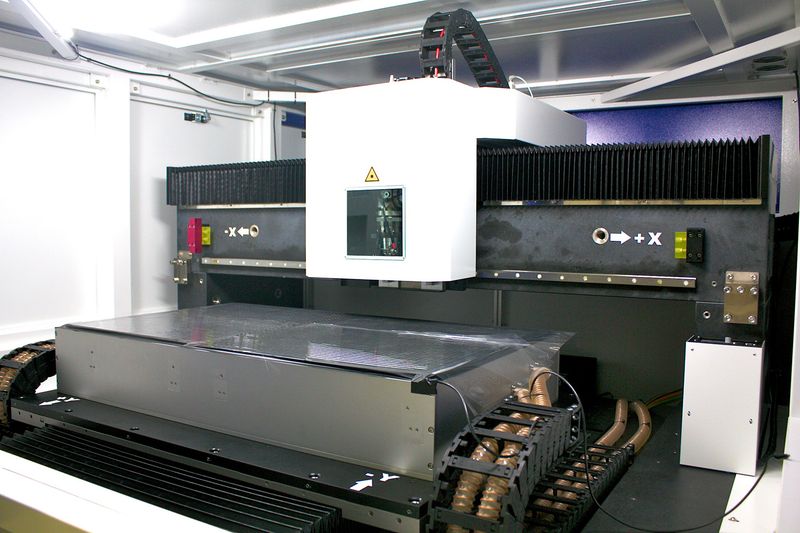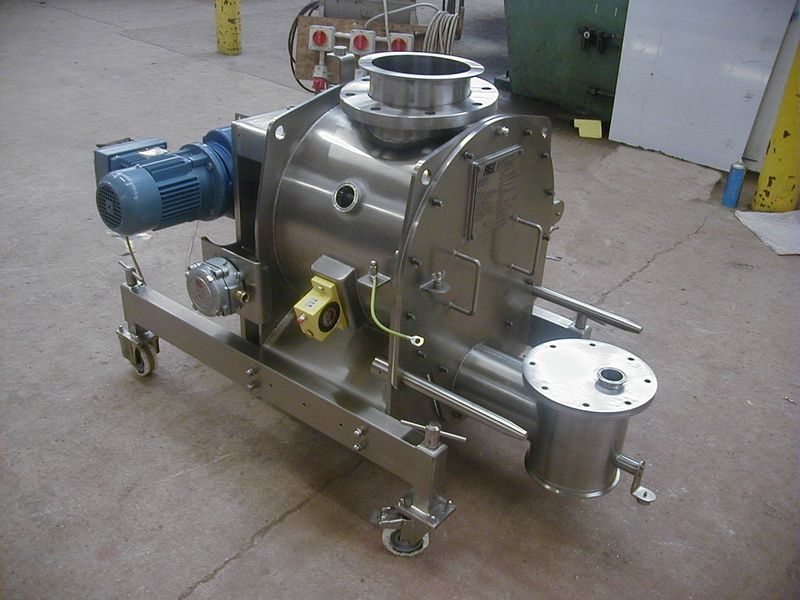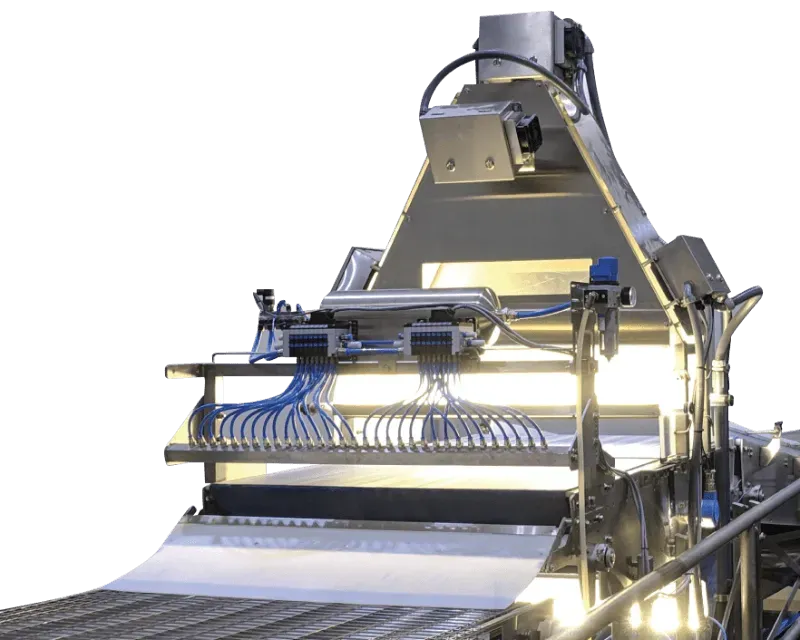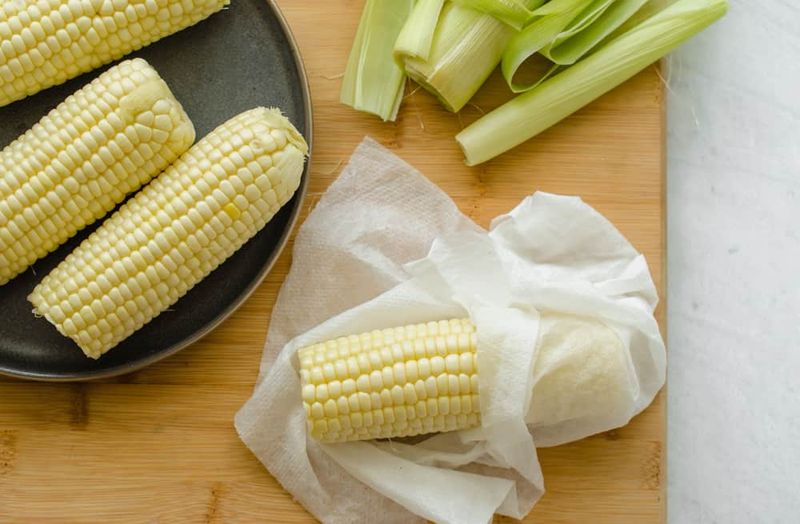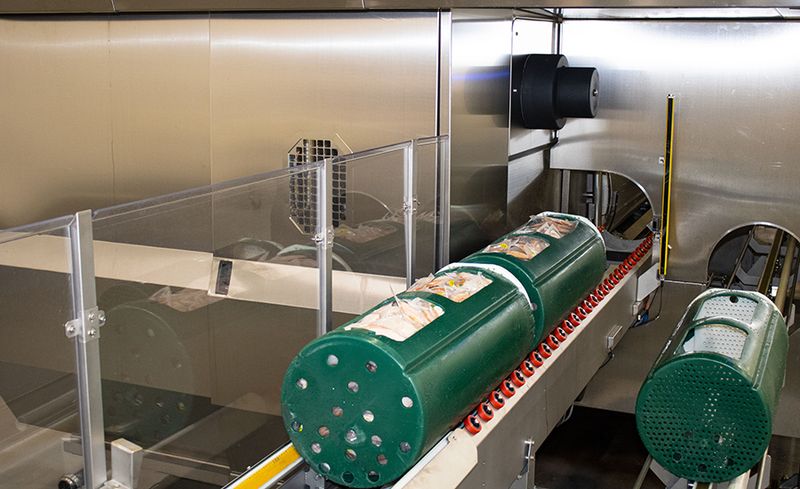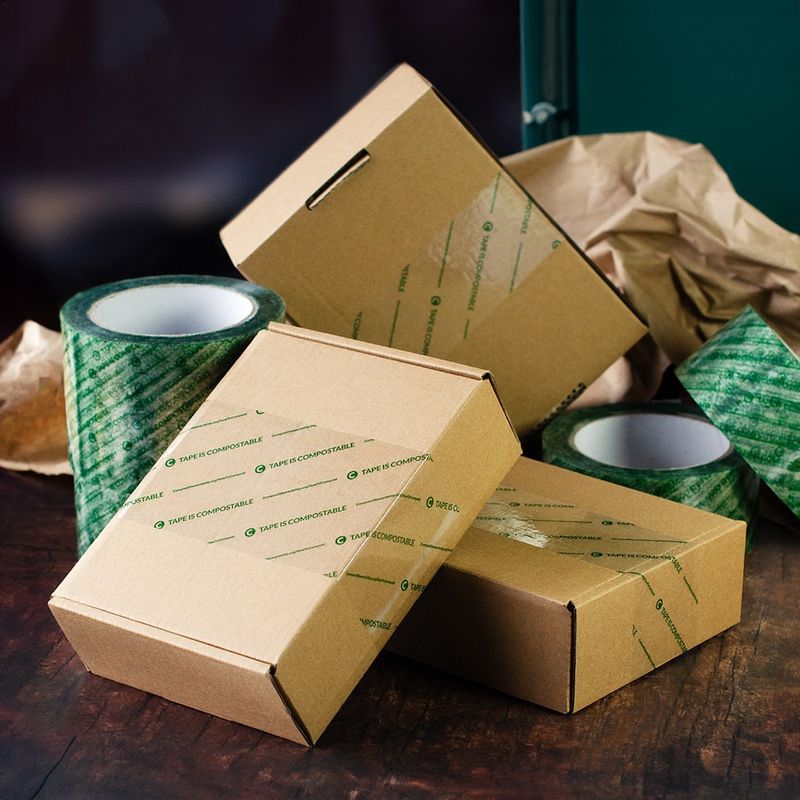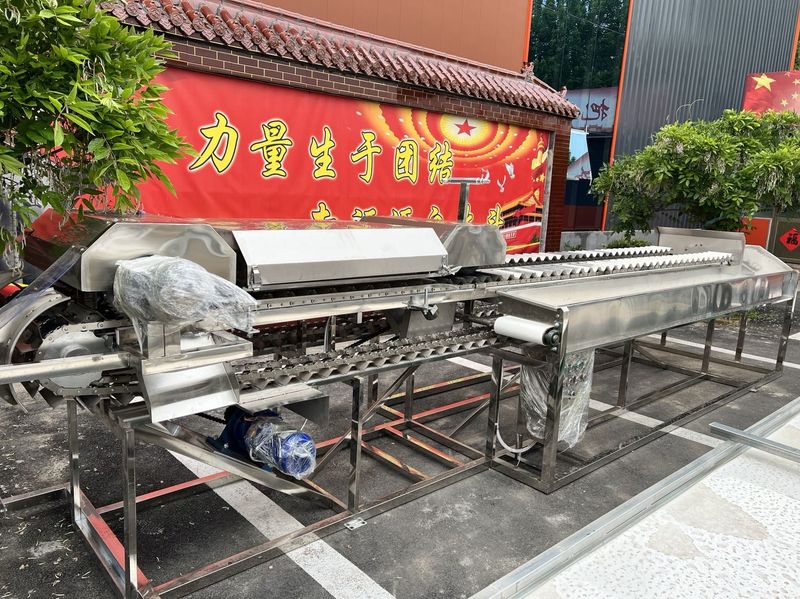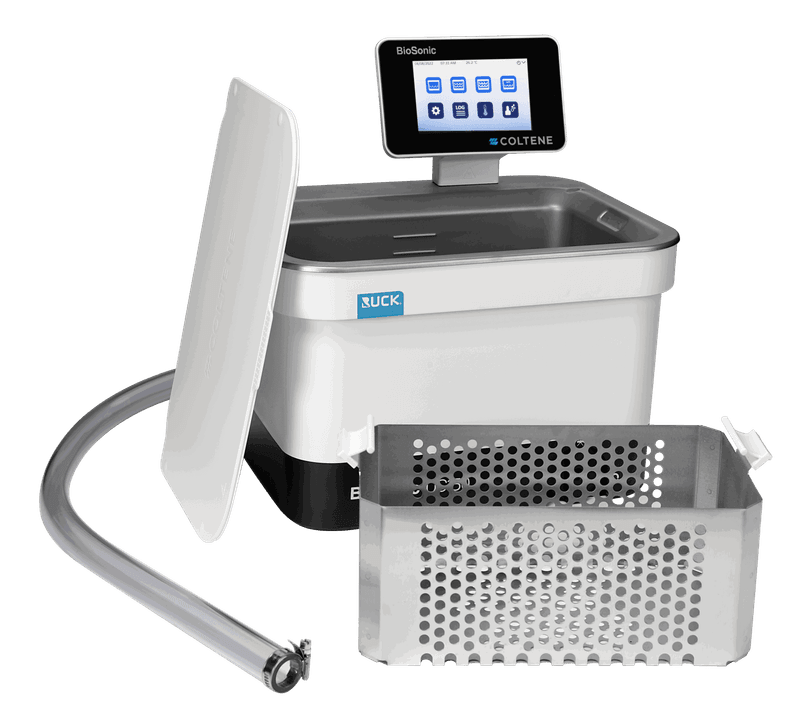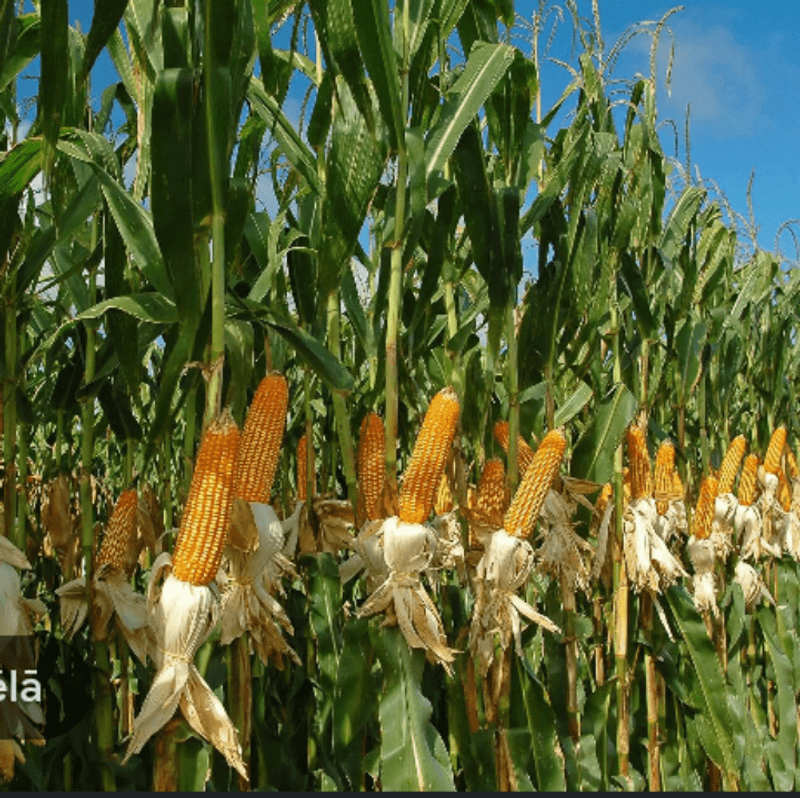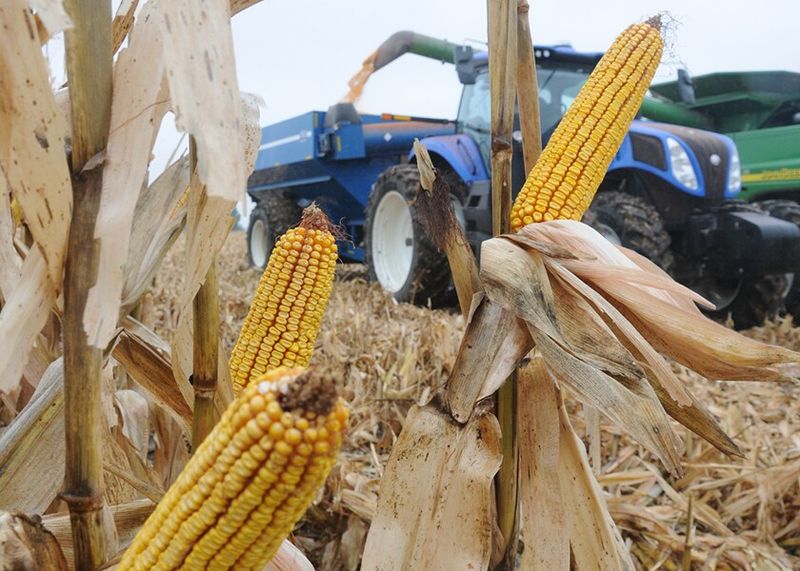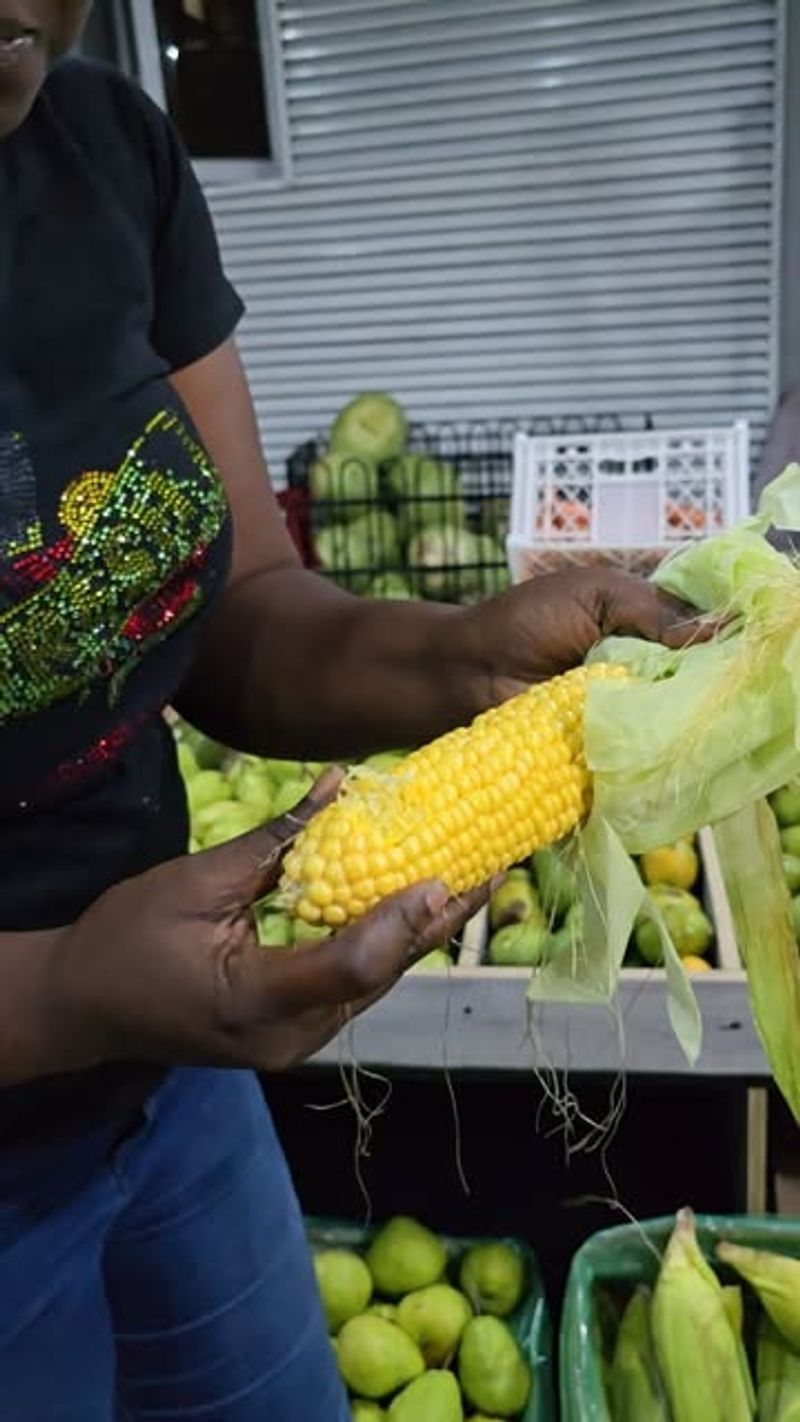Want sweet corn that’s perfectly picked and processed like a pro? These 17 expert-approved tricks go beyond the basics to help you boost yield, lock in flavor, and save time.
From ideal harvest timing to clever processing hacks, you’ll learn how the pros get their corn from field to freezer with precision and ease.
1. Precision Planting Systems
Farmers now use GPS-guided tractors to plant corn seeds with incredible accuracy. These smart machines place each seed at the perfect depth and spacing.
The technology ensures even growth across fields and reduces seed waste significantly. Modern planters can adjust on-the-fly based on soil conditions.
Data collected during planting helps farmers track growth patterns throughout the season, leading to better harvesting decisions when the corn reaches its peak sweetness.
2. Moisture Monitoring Drones
Flying above cornfields, specialized drones equipped with thermal cameras detect moisture variations invisible to the human eye. Farmers receive detailed maps showing exactly which areas need water.
This targeted approach reduces water usage by up to 30% compared to traditional irrigation methods. The same drones can spot early signs of disease or pest problems.
Quick identification means faster response times and fewer chemicals needed to protect the crop.
3. Selective Mechanical Harvesters
Gone are the days when all corn was harvested at once. New selective harvesters use optical sensors to identify perfectly ripe ears while leaving others to mature.
These smart machines measure sugar content, size, and color before deciding whether to pick each ear. Multiple harvest passes through the same field maximize yield and quality.
Some advanced models can process up to 10 acres per hour while being gentler on the corn than traditional methods.
4. Husking Rollers with Silk Removal
Modern husking machines use flexible rubber rollers that grip and remove husks without damaging delicate kernels. Special vacuum systems simultaneously pull away those pesky corn silks.
The process happens in seconds, with cameras monitoring quality and adjusting roller pressure automatically. Some advanced units can process up to 400 ears per minute!
Clean-up is easier too, with biodegradable waste collection systems that gather husks for composting or animal feed.
5. Hydrocooling Tunnels
Fresh-picked sweet corn generates heat that can quickly convert sugars to starch, losing that perfect sweetness. Hydrocooling tunnels spray chilled water directly onto harvested ears, dropping their temperature from field-hot to near-freezing in minutes.
This rapid cooling locks in flavor and extends shelf life dramatically. Modern systems recycle water to minimize waste.
Some advanced tunnels use ultraviolet light treatment to kill bacteria without chemicals, ensuring food safety throughout processing.
6. Controlled Atmosphere Storage
Special storage facilities now regulate oxygen, carbon dioxide, and temperature to put sweet corn into a sort of hibernation. The corn essentially “sleeps,” slowing down the conversion of sugar to starch.
Sensors constantly monitor gas levels and make tiny adjustments to maintain optimal conditions. This technology extends the sweet corn season by weeks or even months.
Mobile versions of these storage units can travel from farm to distribution center, preserving freshness during transport.
7. Kernel Cutting Lasers
Laser cutting systems have revolutionized corn processing by removing kernels with surgical precision. Unlike mechanical blades that can crush or tear, lasers make clean cuts right at the base of each kernel.
The result is uniform kernels with minimal damage and juice loss. These systems can process thousands of ears per hour while adjusting to different corn sizes automatically.
Computer vision guides each laser, ensuring perfect cuts even when corn ears vary in shape.
8. Flash-Freezing Cryogenic Systems
Sweet corn can go from field to frozen in under an hour with cryogenic freezing. Liquid nitrogen at -320°F creates an instant freeze that forms tiny ice crystals, preserving cellular structure and flavor.
The corn moves through freezing tunnels on vibrating belts that keep kernels separated for individual quick freezing. This method locks in nutrients better than traditional freezing.
Modern systems recover and recycle nitrogen, making the process more environmentally friendly and cost-effective.
9. Robotic Quality Inspection
Artificial intelligence powers cameras that inspect every ear of corn at speeds impossible for human workers. These systems can spot insect damage, disease, or improper development in milliseconds.
Robotic arms then sort corn based on quality grades, directing perfect ears to fresh markets and others to processing. The technology learns over time, becoming more accurate with each harvest.
Some advanced systems can detect sugar content and maturity through the husk, without damaging the corn.
10. Microwave Steam Processing
Microwave technology has transformed how we blanch corn for freezing or canning. Unlike traditional water blanching, microwaves heat corn evenly from inside out, preserving color and nutrients.
The process takes seconds instead of minutes, using 70% less energy and water. Corn retains more vitamin C and antioxidants compared to conventional methods.
Continuous-flow systems can process tons of corn hourly while monitoring exact temperature profiles for perfect results every time.
11. High-Pressure Pasteurization
Rather than using heat that can damage flavor, high-pressure processing crushes bacteria between molecules without cooking the corn. Imagine the pressure of five elephants standing on a dime – that’s how this technology works!
The corn maintains its fresh taste and crisp texture while gaining extended shelf life. No preservatives needed!
Products processed this way can last weeks in refrigeration while tasting like they were just picked from the garden.
12. Compostable Packaging Systems
New packaging made from corn byproducts creates a perfect circle – corn husks and stalks become the very containers that hold the processed kernels! These materials break down completely in home compost piles.
Special coating techniques keep the packages water-resistant and sturdy until use. Bright natural dyes derived from vegetables create attractive packaging without harmful chemicals.
Even the ink used for labeling comes from plant sources, making the entire package earth-friendly.
13. Vacuum Cooling Technology
Vacuum chambers quickly cool freshly harvested sweet corn by lowering air pressure. As pressure drops, water inside the corn evaporates rapidly, taking heat with it – cooling corn in minutes rather than hours.
The process uses minimal energy compared to refrigeration and prevents moisture loss that can toughen kernels. Mobile vacuum coolers can operate right at the edge of fields.
This immediate cooling stops enzymes from converting sugar to starch, preserving that farm-fresh sweetness longer.
14. Ultrasonic Cleaning Systems
Sound waves create tiny bubbles in water that implode against corn surfaces, blasting away dirt and pesticide residues without chemicals. These ultrasonic systems clean corn more thoroughly than conventional washing.
The high-frequency vibrations reach into every crevice between kernels. Water use drops by up to 50% compared to traditional pressure washing.
Advanced systems recover and filter the water, making the process environmentally friendly while ensuring food safety.
15. Bioelectric Field Protection
Mild electric fields now protect stored corn without chemicals. These systems create an environment hostile to molds and bacteria while being completely safe for humans.
The technology uses less energy than refrigeration and works continuously to prevent spoilage. Sensors monitor conditions and adjust field strength automatically.
Originally developed for space missions, this technology has found its perfect application in extending sweet corn shelf life while maintaining organic certification.
16. Genetic Testing for Harvest Timing
Farmers now use simple field tests that analyze corn DNA to determine the perfect harvest moment. A drop of corn juice on a test strip changes color based on sugar development and maturity.
These tests predict peak sweetness 24-48 hours in advance, allowing precise harvest scheduling. Weather forecasts combine with genetic data to optimize picking times.
The technology helps farmers balance maximum sweetness with practical harvesting logistics, especially when managing large acreage.
17. Automated Sorting by Sugar Content
Near-infrared scanners measure the exact sugar level in each ear of corn without damaging it. The technology works through the husk, analyzing sweetness before corn is even processed.
Automated conveyor systems then direct corn to different processing streams based on sugar content. The sweetest ears go to fresh markets, while others might be perfect for canning or freezing.
This precise sorting maximizes value from every harvest and ensures consistent quality in each category.

